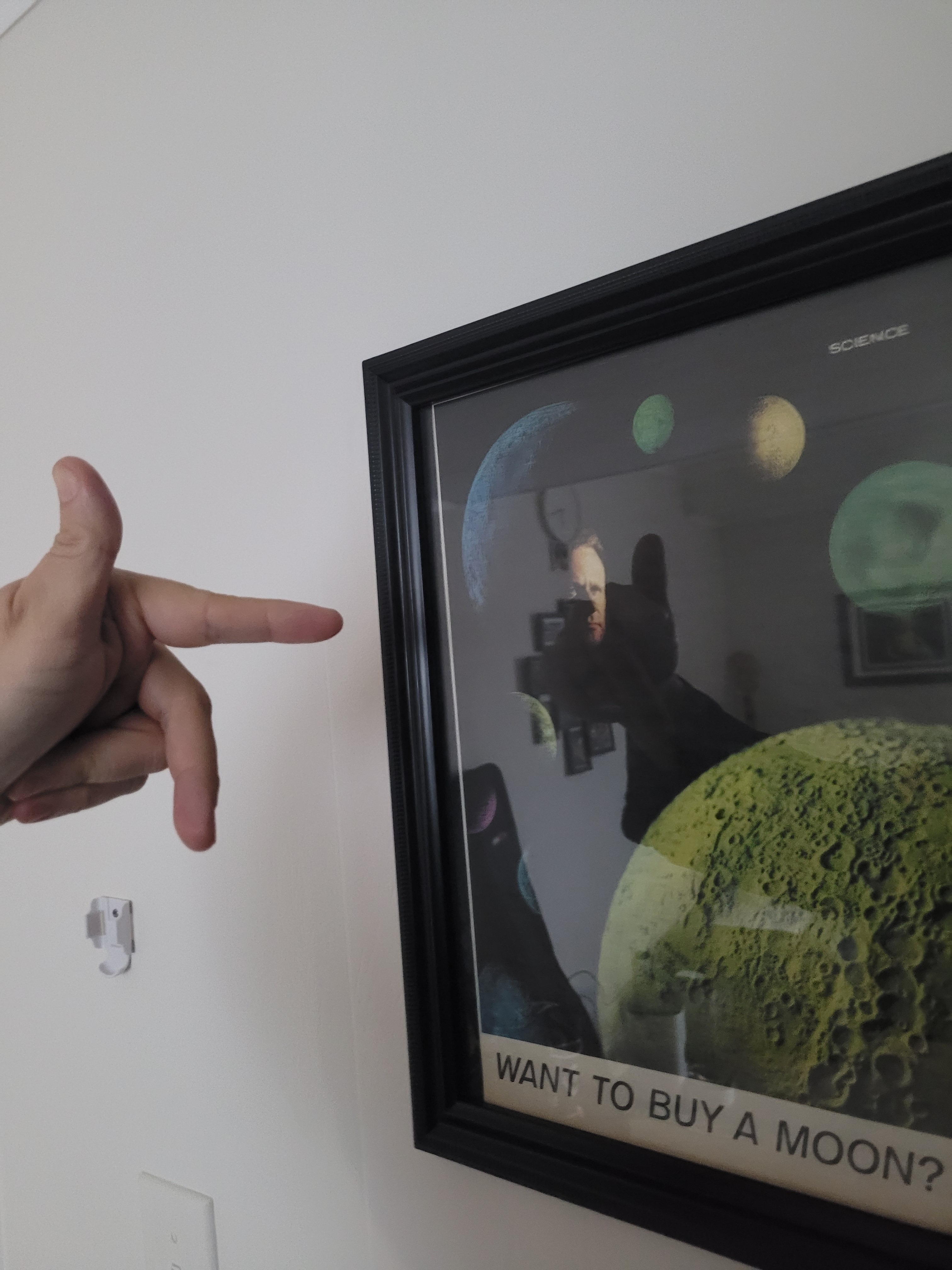Drawing hands is hard
They’re scientists, not artists.
There was a sub with real scientific charts that looks like shitpost
That’s why it’s Fleming’s right hand rule: his hand is broken.
Ahhh, so that’s why I was always so bad at physics
Also, that thumb looks very swollen
it’s rough when the math gets so complicated that you have to break your finger in order to be able to visualize things
This rule always pissed me off because it makes absolutely no sense to me and it’s terrible as a shorthand but my physics professors could not stop preaching it for any length of time to come up with something better
If the flow of current follows in the direction the index finger is pointing, then the the magnetic field lines will flow in the direction the middle finger is pointing, the thumb points in the direction that the force is exerted.
Does this help? Short of making sure that your fingers actually are mutually orthogonal. The perspective in OP’s picture is all fucked up and also not consistent between the hand and arrows.

“x,y,z” of course is an easy order you learned it in primary school, for it to make sense for the physics you need to… do nothing. Order is arbitrary. The handedness is dictated by the signs of the vectors, I guess if you were to flip the sign of some natural constant the whole thing would suddenly be left-handed.
It of course is also not an explanation of why the stuff is like it is. You say handedness plus assigning things to fingers is terrible as a shorthand? Show me something better, then. Meanwhile, generations of graphics programmers could and can be observed holding out their hand like that and rotating it every which way to make sense of what other people preferring different orientations did. Or keeping track of local vs. global transforms. Gotta know where the wheels are even if the car is flipped over.
(and, yes, for some reason there’s no 3d software which uses x as the up/down axis. Whether that means that the industry has a bit of sanity left in it I’m not so sure it might be an accident).
Speak of the devil…
I know what a 3 dimensional axis looks like. Trying to make my cram my hand into a poor approximation of one does not help me personally understand fields.
I don’t know how I should be the one to come up with a better shorthand if I’m the one being taught and not understanding.
I think the confusing part is that the rule is presented without the problem it solves.
The problem is when you take two vectors in 3d and want to find the vector orthogonal (perpendicular) to both, you have 2 valid choices.
The right hand rule is a way to pick the same one every time if you always label the two vectors you start with consistently i.e. make your thumb vector 1, pointer vector 2, then your middle finger points the direction of a perpendicular vector that matches the handedness of the hand you used.
This matters anywhere a vector cross product is used in physics, like calculating what direction an electron feels force when moving through a magnetic field. The physics doesn’t change, but you’ll have negatives in different places when comparing results calculated with a right handed convention (coordinate system) with a left handed convention.
When checking the handedness of your coordinate system, you point your thumb and pointer finger in the positive direction of any two dimensions then check if your middle finger points in the positive direction of the third dimension.
I don’t know how I should be the one to come up with a better shorthand if I’m the one being taught and not understanding.
There is no better one. Your hand is the only obvious, also, convenient, piece of equipment you always have at the ready that is capable of clearly and intuitively representing three mutually orthogonal vectors. They also happen to be quite freely orientable in space. There are exactly two distinct ways axes can be constructed in 3d, and your left and right hand naturally show the one or the other, try it: While making fancy fingerguns you can never have all fingers be parallel, if two pairs are parallel then the third is antiparallel. You could use fancy terms like chirality but that literally means handedness.
And if you had tried to come up with something better you’d probably have realised all that.
A fingered butthole:

Maybe it’s the resolution of the picture, but those look like finger-teeth to me. I never thought I’d be so upset by molars before, and I’ve seen those pictures of people with that disorder that makes their entire roof of their mouth nothing but molar mutations, which is pretty fucked up.
You wouldn’t like this thing’s grab attack. (Monstrosity of Sin from Dark Souls 3)


I can do it just fine
Anyone else do a double take to see if this was a loss meme?
deleted by creator



